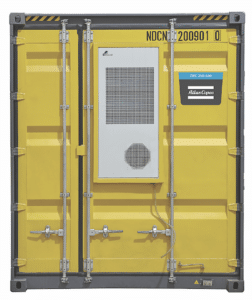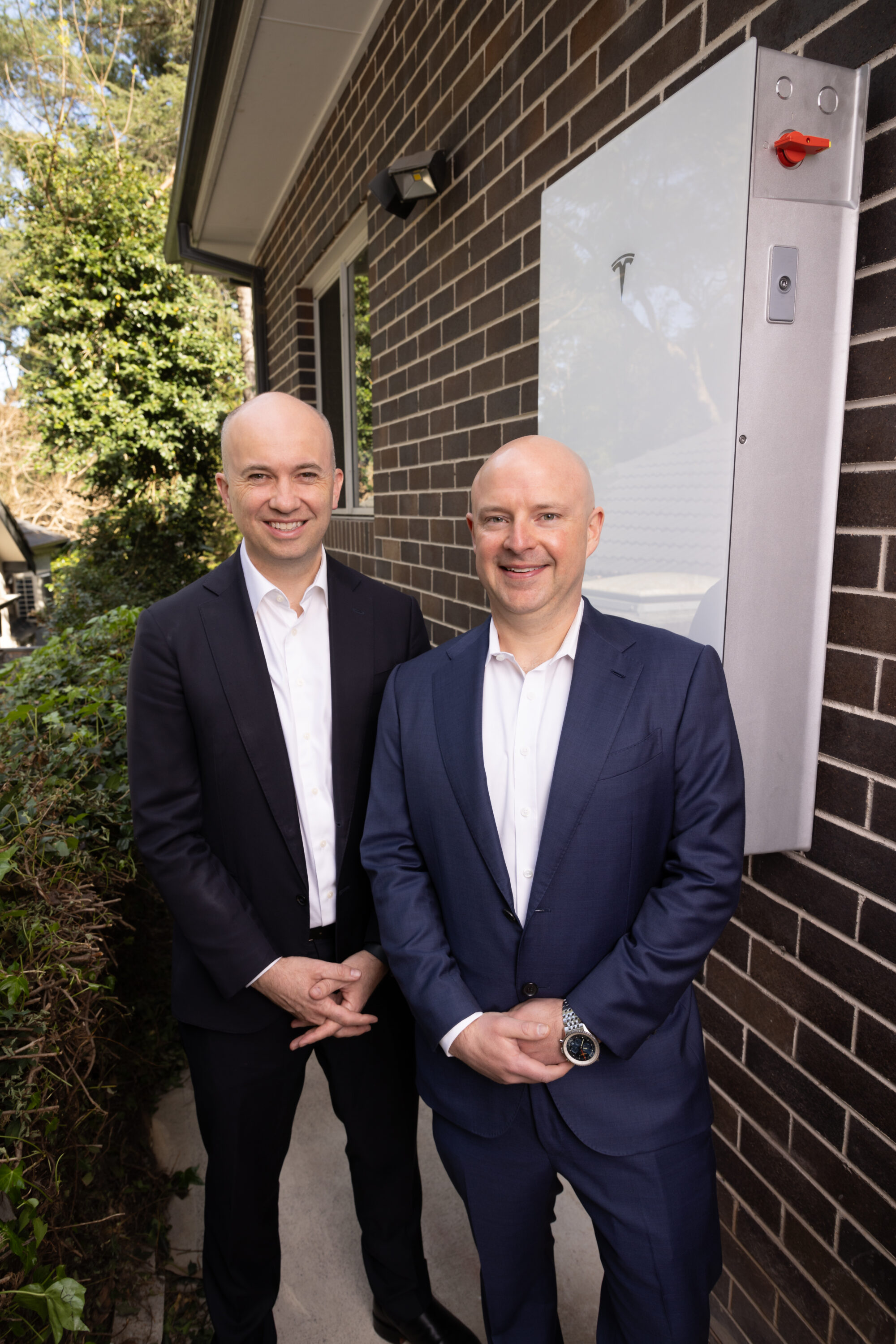Atlas Copco’s energy storage system, exclusively distributed by CEA, is ideal for miners looking to curb their carbon footprint.
As the mining industry works to decarbonise, equipment and technology needs to keep up.
Having recognised the need for environmentally friendly power solutions back in the late-2000s, Atlas Copco and CEA have been on a mission to provide miners with top-of-the-line systems to meet these needs.
That’s where its energy storage system, or ESS, range comes in.
“Atlas Copco initially focused on optimising generator sets for lower emissions and fuel consumption,” Atlas CEA brand leader David Buttigieg told Australian Mining. “However, concerns around air quality and climate change spurred further innovation.
“The company began exploring battery storage systems as a complementary technology, conducting pilot projects across different industries to understand the needs and opportunities within each segment.”
Atlas Copco’s ESS range allows users to capture and store energy for use at another time, reducing fuel dependency and logistics challenges for the mining industry.
“The ESS range harnesses clean energy, eliminating emissions and reducing fuel costs,” Buttigieg said.
“The system’s scalable and modular design enables you to operate independently, reliably and responsibly, shaping a cleaner future.”
Compared to traditional generators, Atlas Copco’s ESS range significantly reduces fuel consumption, the company said, leading to lower operational expenses. This is particularly pertinent for a mining industry facing higher fuel costs as inflation bites.
The system’s silent operation also eliminates noise pollution, improving worksite comfort, while the ability to remotely monitor the unit is also an important feature.
“The ESS features advanced monitoring and control systems, allowing users to track performance, optimise energy usage, and troubleshoot issues remotely,” Buttigieg said.
“This enhances operational efficiency and minimises maintenance needs.”

Image: CEA
Designed for standalone operation, the ESS stores energy in its batteries and can directly power loads.
“This essentially mimics ‘island mode’ functionality, providing independent power supply without external reliance,” Buttigieg said.
It’s features such as this, along with the backing by after-sales service from CEA, that have customers coming back for more.
Several of Atlas Copco’s ESS units are currently being operated by a large ground improvement solutions company.
“We arrived on-site to meet and greet their team before our six Atlas Copco QIS330 diesel generators arrived to power their cranes,” Atlas CEA Business Development Manager Mark Scuglia told Australian Mining.
“It was then we realised they had no access to power and were running a generator 24–7.”
Scuglia explained that running a generator in this type of application (basic site offices, workshop, kitchen, meeting rooms, etc) has operational and environmental flaws.
The site was shipping in diesel fuel weekly, disrupting power while re-fuelling and increasing its carbon emissions by running the generator day and night.
“Once we understood more about their needs and challenges on-site, we were able to design to ideal solution to save the customer time and money,” Scuglia said.
“The customer took comfort in the fact that Atlas Copco ZBP45 batteries are rated for up to 40,000 hours (under normal operating conditions) and they didn’t need to worry about re-fuelling and regular maintenance.
“They also got access to a world-class support team at CEA.”
With these features and support, it’s not hard to see why customers keep coming back to Atlas Copco’s ESS range from CEA.
“Investing in the Atlas Copco ESS positions users at the forefront of sustainable energy solutions,” Buttigieg said.
“As the transition towards clean energy accelerates, this future-proof technology ensures businesses stay competitive and adapt to evolving regulations and environmental demands.”
This feature appeared in the April 2024 issue of Australian Mining.




